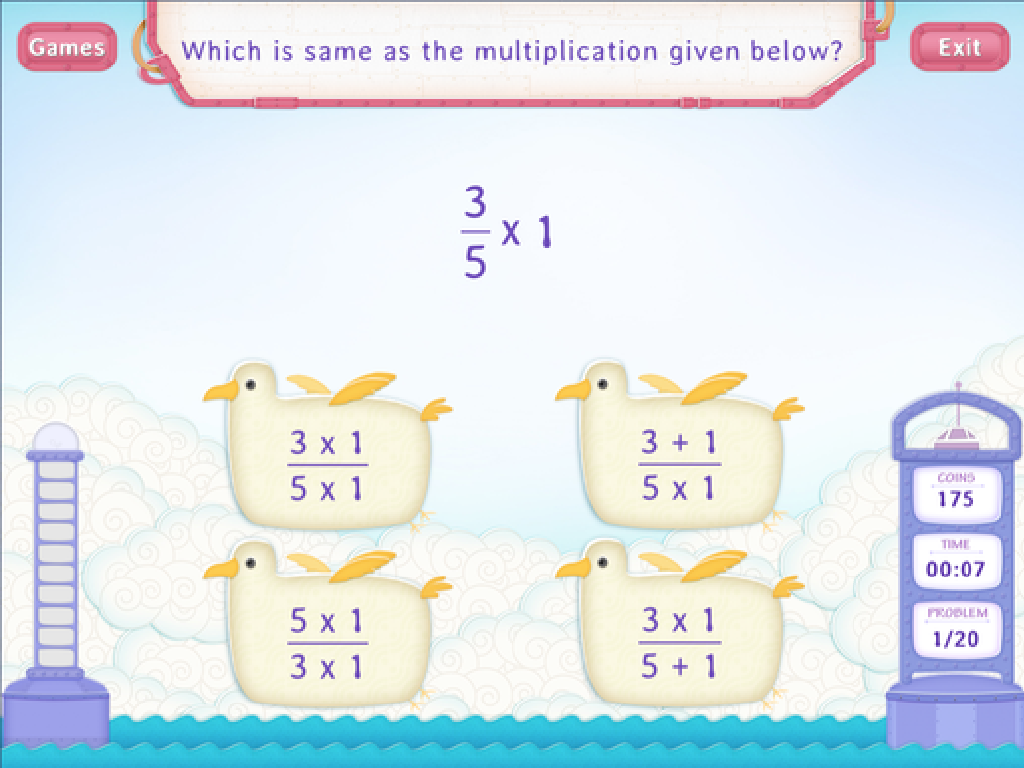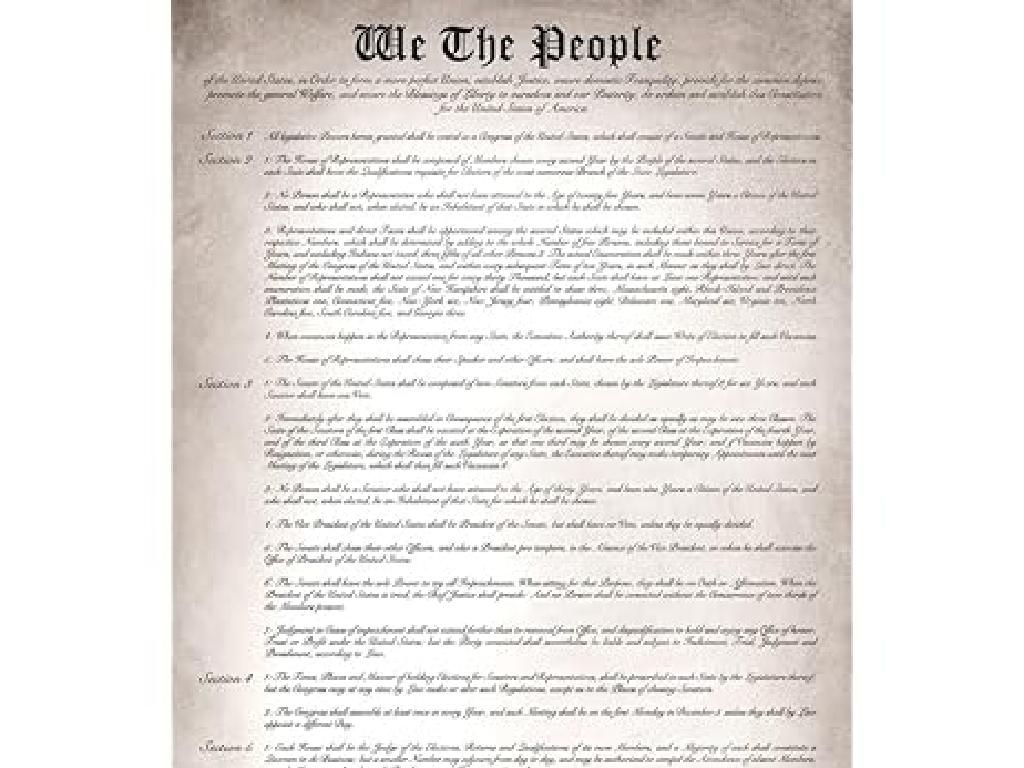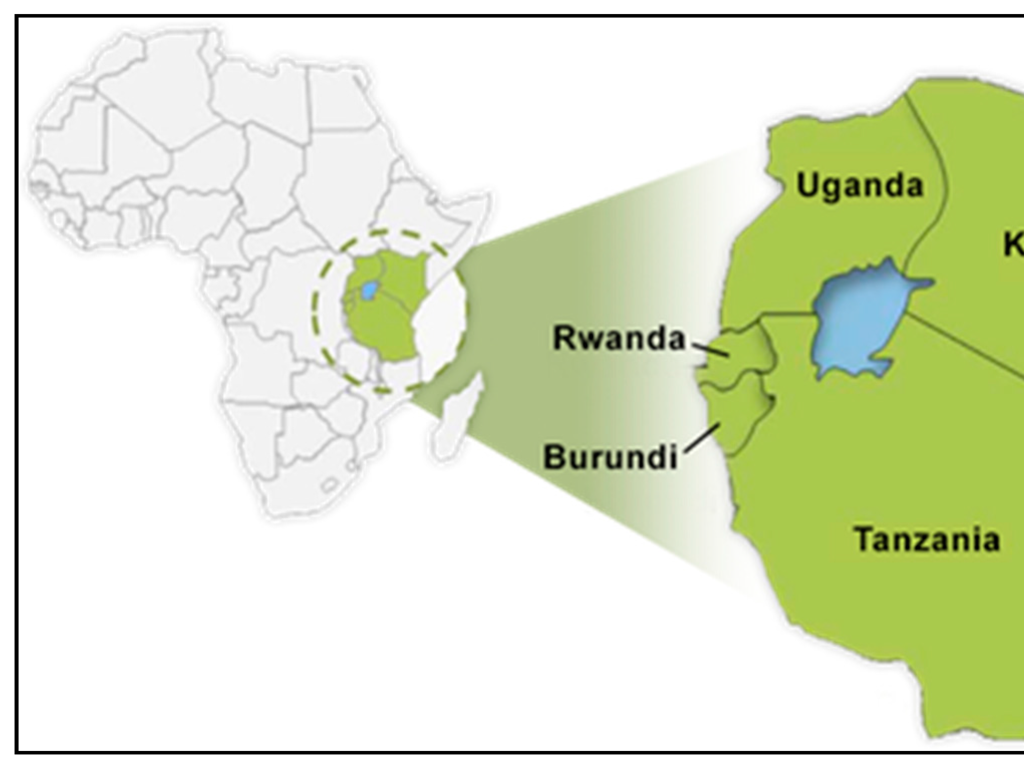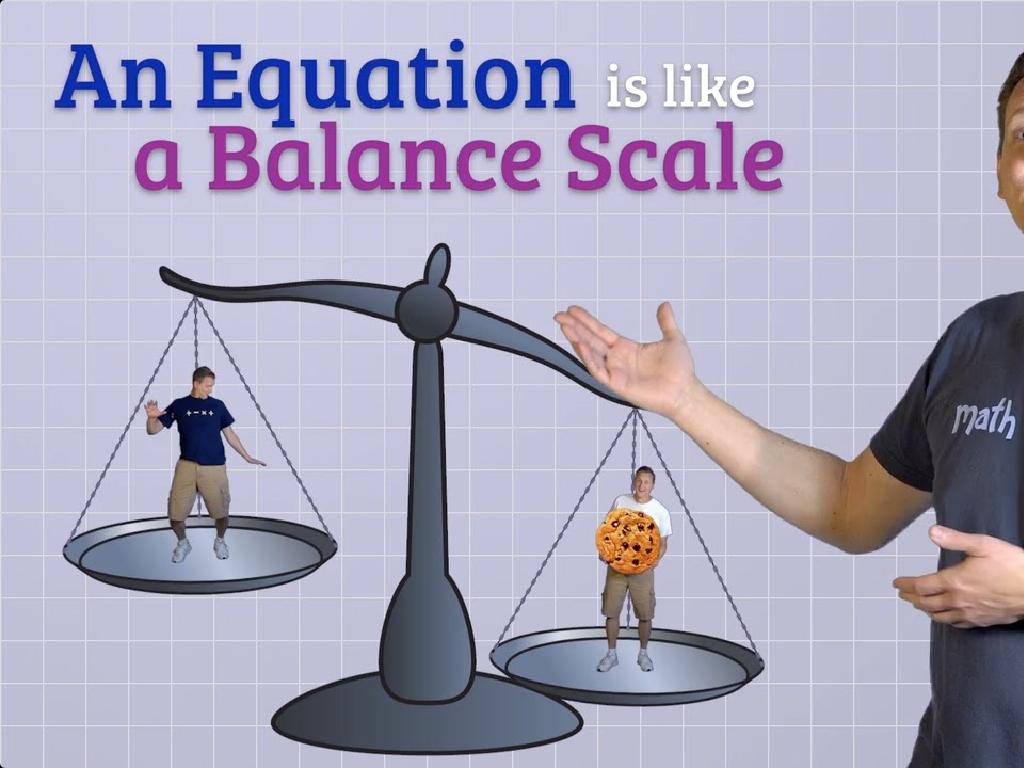Presidential Elections
Subject: Social studies
Grade: Fourth grade
Topic: Government
Please LOG IN to download the presentation. Access is available to registered users only.
View More Content
Introduction to Presidential Elections
– What is a Presidential Election?
– It’s how we choose our country’s leader for the next four years.
– Importance of elections in democracy
– Elections give power to the people to choose their leaders and shape the country.
– The President’s role
– The President makes important decisions and leads the country.
– How voting makes a difference
– Each vote counts towards selecting who will be President.
|
This slide introduces the concept of Presidential Elections to fourth-grade students. Begin by explaining that a Presidential Election is a fair process where citizens vote to choose the President. Emphasize the importance of elections in a democracy, where everyone’s voice matters and can influence the future of the country. Discuss the President’s role as a leader who makes critical decisions affecting all aspects of national life, from education to security. Highlight the significance of each person’s vote in contributing to the democratic process. Engage students by asking if they know any past Presidents and what decisions they think a President has to make.
The Road to the White House
– Steps in election process
– Primary elections & caucuses
– Where parties pick their candidates
– National conventions
– Parties celebrate their candidates
– General election
– Everyone votes for President
– Inauguration Day
– The President’s job begins
|
This slide introduces the students to the process of electing a President in the United States. Begin by explaining the sequential steps a candidate takes on their journey to the White House. Primary elections and caucuses are where political parties choose their single candidate to represent them. National conventions are where the chosen candidates are celebrated and officially announced. The general election is when all eligible citizens vote for their preferred candidate. Lastly, Inauguration Day is when the elected President is sworn into office, marking the start of their presidency. Use examples like a school class president election to help students relate to the process. Encourage questions to ensure understanding.
Who Can Run for President?
– Qualifications for presidency
– President must meet specific criteria
– Must be 35 years old
– Age requirement ensures maturity and experience
– Need to be born in the U.S.
– Natural-born citizenship is a must for this role
– Must have lived in the U.S. for 14 years
– Long-term residency shows commitment to the country
|
This slide aims to educate fourth-grade students on the basic qualifications required for a person to run for the office of President of the United States. The qualifications include being at least 35 years old, which ensures that the candidate has a certain level of maturity and experience. The candidate must also be a natural-born citizen of the U.S., which is a unique requirement for the presidency compared to other roles. Additionally, they must have lived in the U.S. for at least 14 years, showing a long-term commitment to the country. Highlight the importance of having a variety of candidates, as this allows voters to choose leaders who represent diverse perspectives and experiences.
Voting: A Right and a Responsibility
– Who is eligible to vote?
– Citizens 18+ on Election Day and meet state requirements can vote.
– Every vote counts
– Each vote can make a difference in election results.
– Steps to register to vote
– Find out how to sign up and where to go to vote.
– Encouraging responsible voting
|
This slide aims to educate fourth-grade students on the fundamental aspects of voting in the United States. Begin by discussing who is allowed to vote, emphasizing the age requirement and other state-specific regulations. Highlight the significance of each individual’s vote and how it contributes to the democratic process. Walk the students through the basic steps of voter registration, such as filling out a form and submitting it to the appropriate office. Lastly, instill the concept of voting as not just a right, but also a civic duty, and encourage discussions on why it’s important to participate in elections. Provide examples of how voting affects everyday life and the community.
Electoral College: Electing a President
– What is the Electoral College?
– It’s a group of people who actually vote for the president.
– How the Electoral College functions
– Each state gets a certain number of electors based on its population.
– Popular vote vs. electoral vote
– Popular vote is the total votes people cast. Electoral vote is the count that elects the president.
– Significance of electoral votes
– Winning the electoral vote is what makes someone president, not just the popular vote.
|
This slide introduces the concept of the Electoral College, a unique system used to elect the President of the United States. It’s important to explain that while citizens vote for their preferred candidate, the outcome of the election is ultimately determined by the Electoral College. Clarify how each state’s number of electors is decided and the difference between the popular vote, which reflects the choice of the American people, and the electoral vote, which is the official count that determines the presidency. Emphasize that a candidate must win a majority of electoral votes to become president, which may not always align with the popular vote. Use examples from past elections to illustrate these points and help students understand the significance of this process in American democracy.
Presidential Elections in History
– Famous U.S. elections
– 1860: Lincoln’s election sparked the Civil War
– Closest election races
– 2000: Bush vs. Gore was decided by just 537 votes in Florida
– Evolution of elections
– From paper ballots to electronic voting
– Impact on society
|
This slide aims to give students a historical perspective on presidential elections in the United States. Start by discussing some of the most famous elections, such as Abraham Lincoln’s election in 1860, which led to significant events in American history. Then, move on to the closest elections, highlighting the 2000 election between George W. Bush and Al Gore, emphasizing how every vote counts. Discuss the evolution of the election process, from the early days of paper ballots to the modern use of electronic voting systems. Explain how these changes have made voting more accessible and secure. Encourage students to think about the importance of elections and their role in shaping the country’s future.
Class Activity: Mock Election Experience
– Learn by doing: hold a mock election
– Nominate classmates as candidates
– Think of qualities a president should have
– Cast your vote secretly
– What is a ballot? Practice voting confidentiality
– Discuss the election experience
– Share feelings about voting and democracy
|
This class activity is designed to give students a hands-on understanding of the election process. Begin by explaining the steps in an election, from nomination to voting. Allow students to nominate their peers for a mock role, such as ‘class president’, ensuring they consider the attributes of a good leader. Provide a simple ballot where students can cast their votes in secret to simulate a real election. After the votes are tallied, lead a discussion on how it felt to participate in the election process. Encourage students to reflect on the importance of voting and how it contributes to a democratic society. Possible variations of the activity could include campaigning, creating election posters, or writing a speech for their nominated candidate.






